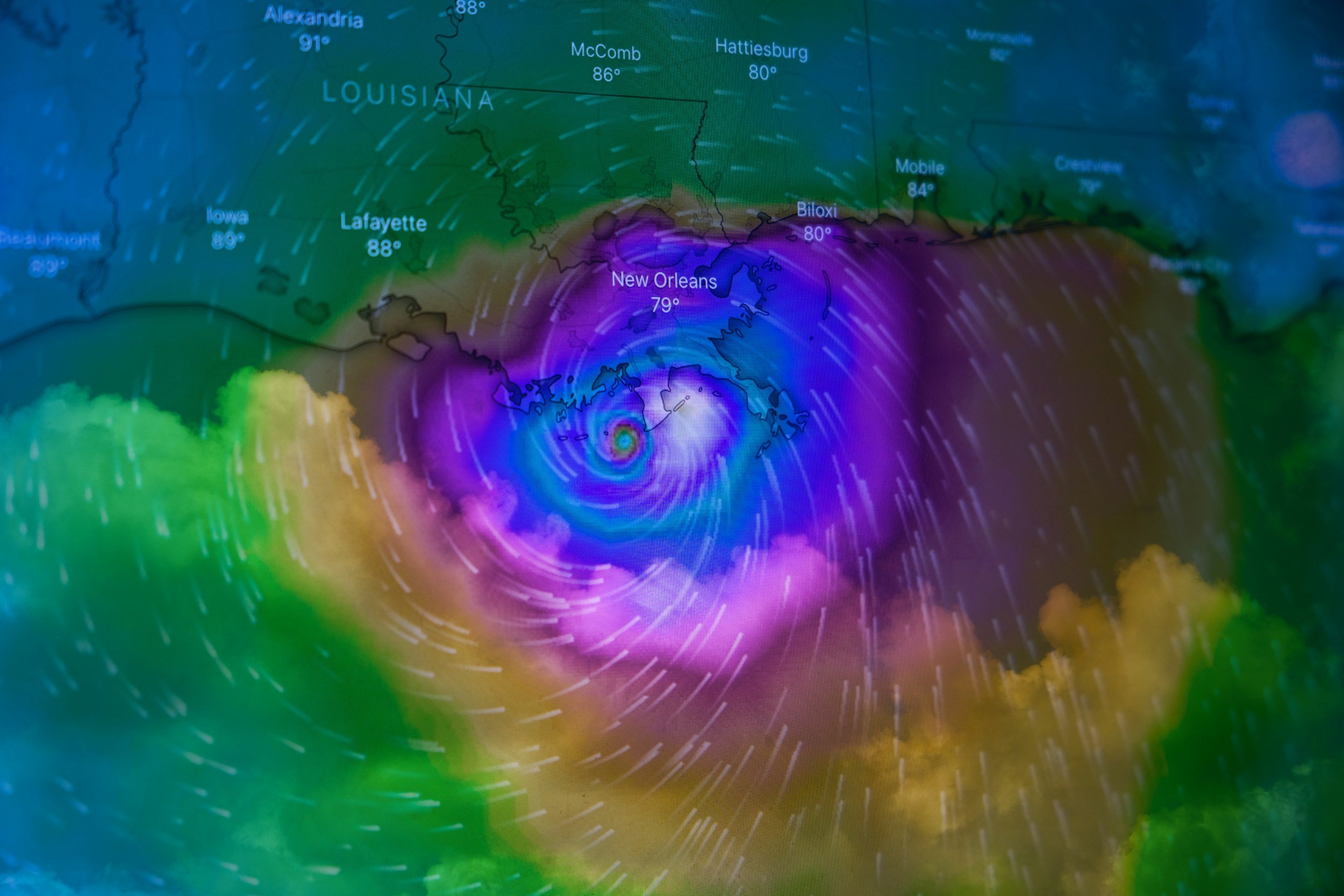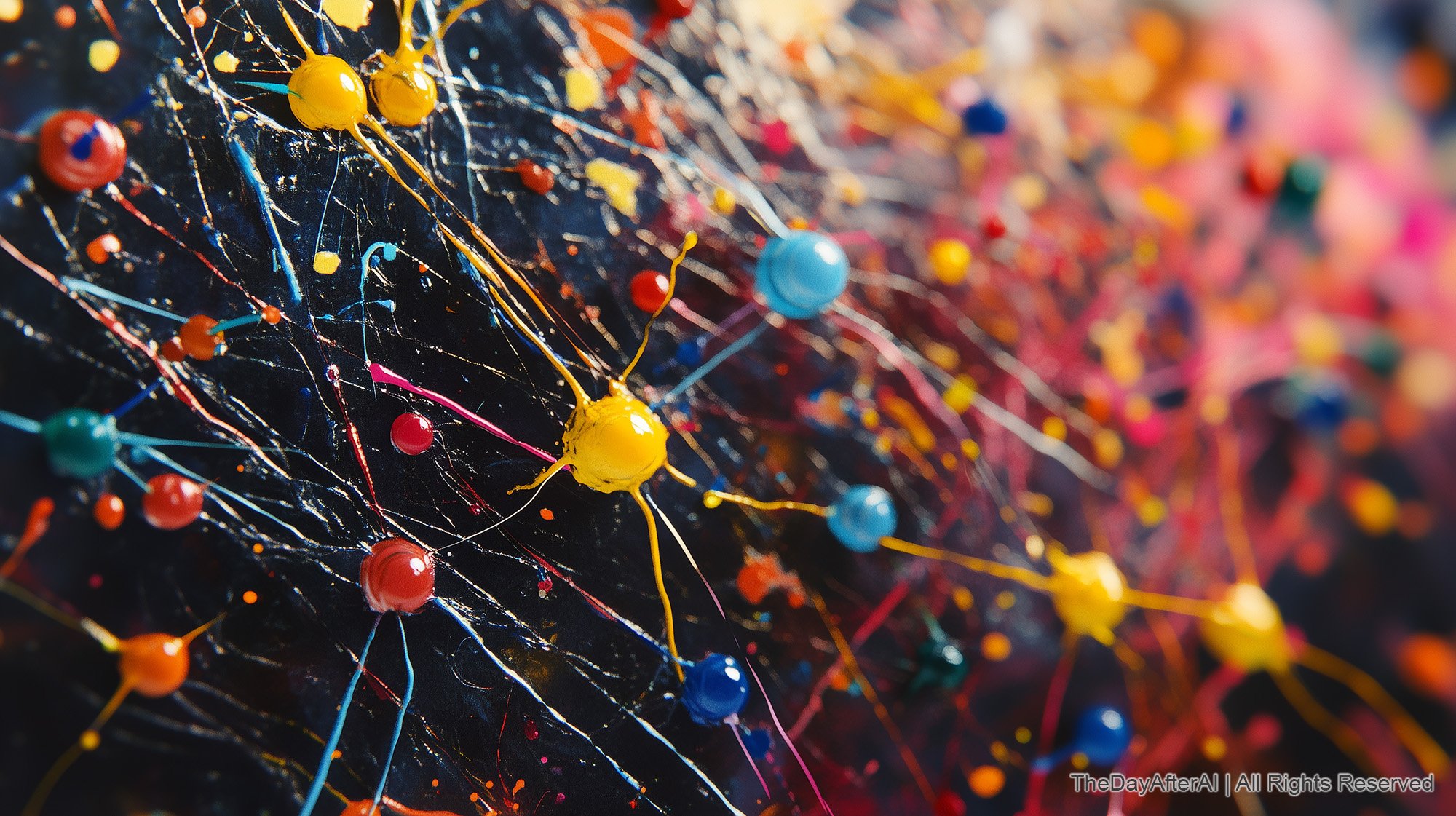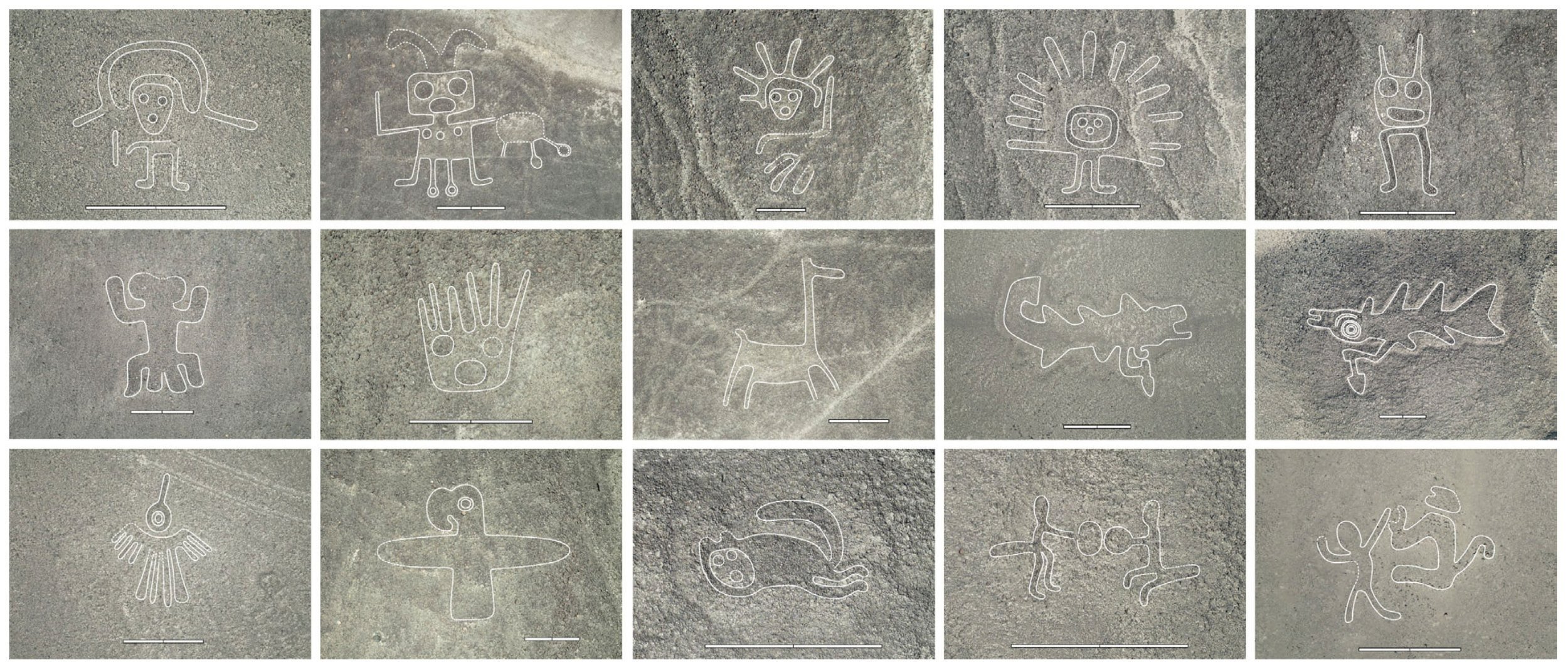AI-Powered Physics: CERN’s Bold Steps in Higgs Boson & Dark Matter Discovery
Image Credit: Artturi Jalli | Splash
Artificial Intelligence is poised to revolutionize fundamental physics, offering unprecedented insights into the universe's origins and future. British physicist Professor Mark Thomson has been appointed as the next Director-General of CERN, set to assume leadership on January 1, 2026. He acknowledges AI’s transformative impact on particle physics, comparable to how DeepMind’s AlphaFold, which accurately predicts protein structures, contributed to a Nobel Prize in Chemistry in 2024.
[Read More: AI's Game-Changing Role in 2024 Nobel Prizes: Physics and Chemistry Redefined]
Is Our Universe Truly Stable?
At the Large Hadron Collider (LHC), the world’s most powerful particle accelerator, AI is being used to identify rare particle interactions, aiding physicists in studying how particles acquired mass shortly after the Big Bang, approximately 13.8 billion years ago. These advancements may also provide insights into whether our universe is in a metastable state or could transition into a more stable configuration, potentially leading to a catastrophic collapse—an idea suggested by the Standard Model of Physics but not yet fully understood.
Think of our universe like a giant snow globe. Right now, it's sitting on a shelf, seemingly stable. But scientists wonder if it’s actually resting on a wobbly surface—stable for now, but with the possibility of tipping over.
In physics, some theories suggest that the universe might not be in its most stable state. Instead, it could be in a "temporary balance", like a ball resting in a shallow dip. If something nudges it the right way, it could roll down into a deeper, more stable place. The problem? That shift could mean the universe dramatically changes—or even collapses entirely.
Scientists don’t know for sure if this could happen or what might trigger it, but ongoing research into how the universe works might give us more clues.
[Read More: Unveiling the Universe: AI's New Role in Hunting Unknown Particles]
The Higgs Boson and the Future of Physics
AI is expected to play a pivotal role in measuring Higgs self-coupling, a property that determines how the Higgs boson—a particle discovered at CERN in July 2012—interacts with itself. This is a crucial step toward understanding why particles have mass and whether the Higgs field, responsible for this phenomenon, has settled into a stable state.
As part of the High-Luminosity LHC (HL-LHC) upgrade, expected to be operational by 2030, the collider will achieve an integrated luminosity 10 times greater than its original design, significantly enhancing the study of rare events such as the simultaneous production of two Higgs bosons.
Prof. Mark Thomson acknowledged that five years ago, such a measurement was considered impossible due to the Higgs boson’s fleeting existence—it decays into other particles almost instantly. However, AI-driven analysis now increases confidence that this measurement will soon be feasible, potentially revealing new physics beyond the Standard Model.
[Read More: Japanese AI Pioneers Overlooked: The Untold Story Behind Neural Network Innovations]
The Higgs Field: The Invisible Force That Gives Particles Mass
Imagine you're walking through a swimming pool filled with water. The water interacts with you, making movement feel different than if you were walking through air. Now, imagine someone wearing a heavy wetsuit while moving through the same water. They would experience more resistance than you because the wetsuit interacts with the water more.
The Higgs field works in a somewhat similar way, but instead of water, it’s an invisible energy field that fills the entire universe. Particles don’t just move through it—they interact with it in a way that gives them mass. Some particles interact strongly with the Higgs field (like someone wearing a heavy wetsuit in water) and gain more mass. Others interact weakly (like someone in a thin swimsuit) and remain light. Particles like photons don’t interact with the Higgs field at all, which is why they have no mass and always travel at the speed of light.
Without the Higgs field, fundamental particles such as electrons and quarks would have no mass, meaning atoms, molecules, and everything in the universe—stars, planets, and life—couldn’t exist as we know them. The Higgs boson is like a tiny ripple in this field, confirming its existence.
[Read More: AI-Powered NeuralGCM: Revolutionizing Climate and Weather Forecasting]
From the Dartmouth Conference to DeepMind: AI’s Role in Scientific Breakthroughs
AI has played an increasing role in scientific discovery since its conceptual foundation at the Dartmouth Summer Research Project on Artificial Intelligence in 1956, led by John McCarthy and Marvin Minsky. One of its earliest successes in scientific research came with DENDRAL in the 1960s, an AI system developed at Stanford University that analyzed mass spectrometry data to predict molecular structures.
Recent AI advancements have had a profound impact on multiple scientific disciplines. For example:
In 2020, DeepMind’s AlphaFold AI made a groundbreaking advancement in solving the decades-old problem of protein folding, leading to Demis Hassabis and John Jumper receiving the 2024 Nobel Prize in Chemistry.
Google’s Quantum AI team has demonstrated quantum supremacy in specific tasks, with ongoing research into quantum simulations for molecular studies.
AI has been widely adopted in astrophysics to identify new exoplanets and accelerate dark matter research, including improvements in gravitational lensing analysis.
[Read More: AlphaProof: DeepMind's AI Achieves Breakthrough in Solving Complex Math Problems]
AI at the Large Hadron Collider: A Game-Changer for Data Analysis
The LHC can produce up to one billion proton collisions per second, generating massive amounts of data. After real-time filtering, about 82 terabytes of data are stored daily. AI plays a crucial role in handling this immense volume, assisting CERN’s ATLAS and CMS experiments:
Event Selection in Microseconds: The LHC’s trigger system rapidly processes collision events, with the first-level hardware trigger making decisions in under 2.5 microseconds. AI and machine learning are increasingly integrated to improve selection accuracy, ensuring only the most relevant data is stored for further analysis.
Anomaly Detection: Rather than searching only for known physics signatures, AI is being trained to recognize unexpected patterns in collision data. This method could lead to the discovery of new fundamental particles.
Dark Matter Search: Despite extensive searches, dark matter remains undetected. AI-driven analysis is now exploring alternative pathways to infer its existence, potentially identifying unknown interactions between particles.
[Read More: AI Transforms Data Management: Boosting Efficiency & Security Across Industries]
How AI Is Helping Us Detect the Universe’s Hidden Matter
Imagine you're in a dark room with no light, but you know there's furniture in it because you can feel it when you bump into it. You can't see the furniture, but its presence affects how you move.
Dark matter works in a similar way—scientists can’t see it directly because it doesn’t give off light like stars or planets. But they know it’s there because something invisible is pulling on galaxies and stars, affecting how they move. For example, galaxies spin much faster than they should if we only count the matter we can see. This suggests there’s a hidden mass—dark matter—holding them together with its gravity.
Although no one has directly found dark matter yet, AI is helping scientists analyze huge amounts of space data to look for clues. Smart algorithms can spot patterns in how galaxies behave, helping us learn more about this mysterious substance and how it shapes the universe.
[Read More: AI Unlocks Cosmic Mysteries: The Future of Gamma-Ray Burst Exploration]
The Future Circular Collider: AI’s Role in a Proposed Mega-Project
CERN is conducting a feasibility study for the proposed Future Circular Collider (FCC), a next-generation particle accelerator envisioned to have a 100-kilometer circumference and reach collision energies of up to 100 TeV—far surpassing the LHC’s current limit of 13.6 TeV.
In June 2024, Germany raised concerns about the FCC's financial feasibility, questioning the justification for its substantial cost given the limited groundbreaking discoveries since the Higgs boson was detected in 2012. This has sparked discussions about the project's long-term value and funding.
Despite these concerns, advancements in artificial intelligence are fuelling new enthusiasm in particle physics. AI is expected to play a pivotal role in data analysis and experimental design, potentially uncovering new physics when the FCC, projected to become operational in the mid-2040s, comes online.
[Read More: AI in the Search for Extraterrestrial Intelligence?]
License This Article
Source: The Guardian, CERN, Nobel Prize, Physics, Britannica, Nature, IT Web CERN, CERN Courier















